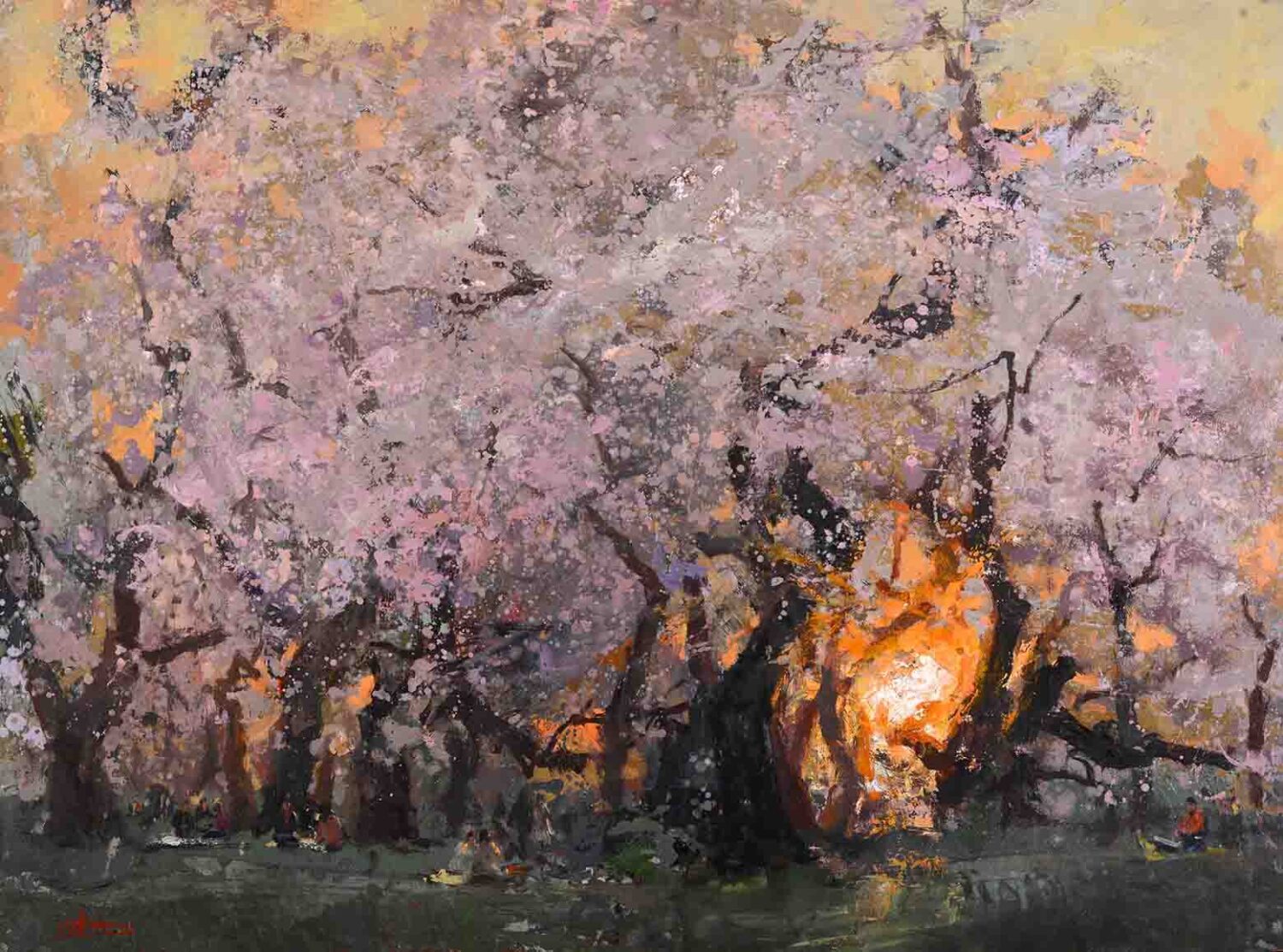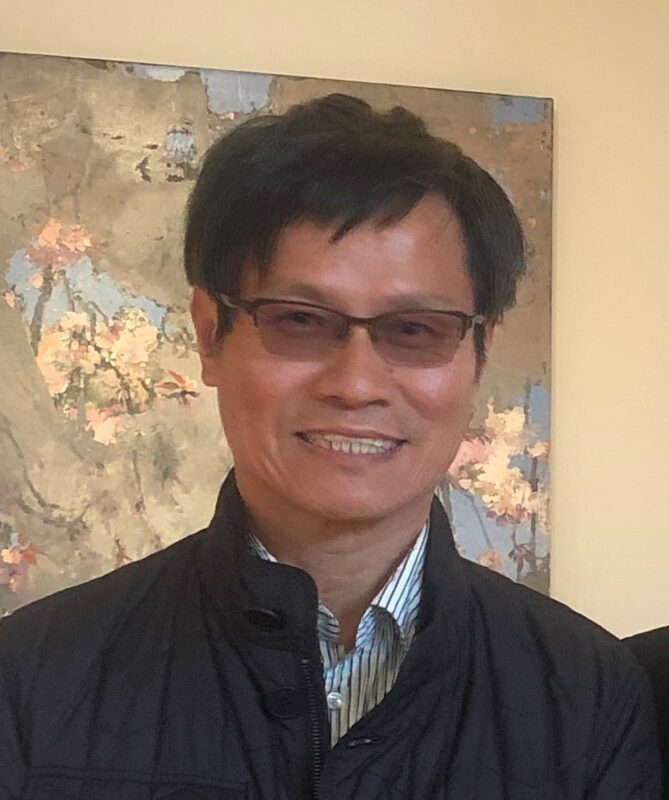Chin-Lung Huang, Distinguished Professor of National Taiwan Normal University (NTNU), is an internationally renowned painter and honorary president of the Taiwan International Watercolor Society. Huang is best known for watercolors, but his oil paintings are just as stunning. Throughout his 30 years as a painter, he has been considered by many as following in the footsteps of Lin Fengmian, Xu Beihong, Sanyu and countless Taiwanese artists who led the way in “combining East and West” painting from the 1960s. Indeed, one could reasonably say that connecting the content and methodology of Eastern and Western painting has been a core issue in Huang’s creative work. In the past, his paintings have used elements on different levels and sought to integrate them based on his own personal understanding of the two genres and this is one of the reasons they have proved so popular around the world.
How difficult is “bringing East and West together”? Since the 19th Century countless artists from both sides have explored and researched the relationship between the two cultural traditions, which often appear to be diametrically opposed, particularly in the information age when globalization is an accepted fact of life. Against this backdrop the question is how does Huang Chin-lung respond to such a long-standing question without resorting to clichés and platitudes?
As such, the inclusion of materials forces “form” to take a back seat (perhaps temporarily) to volatility, flow, extension, obfuscation; instability, chance and change, so that nature and state of pigments is seen and not covered up by the severe form or outline of the cherry blossom tree. This ensures Huang Chin-lung’s painting process is seen, whether it has not started or is finished and can be characterized as elevating the “appreciation of cherry blossoms” to the higher plane of “knowing.” From the emotional experience of appreciation to the knowledge and understanding that informs painting objects and using materials, Huang depicts more than the beautiful appearance and posture of cherry blossoms, he showcases the ephemeral “feel” of appreciating cherry blossoms that cannot be conveyed in words. Moreover, it is through the alignment of content and vehicle that we can use the universal aesthetic created by Huang to bring East and West together, enabling ourselves to transcend the life experience of “appreciating cherry blossoms” and reach a higher plane of existence.


